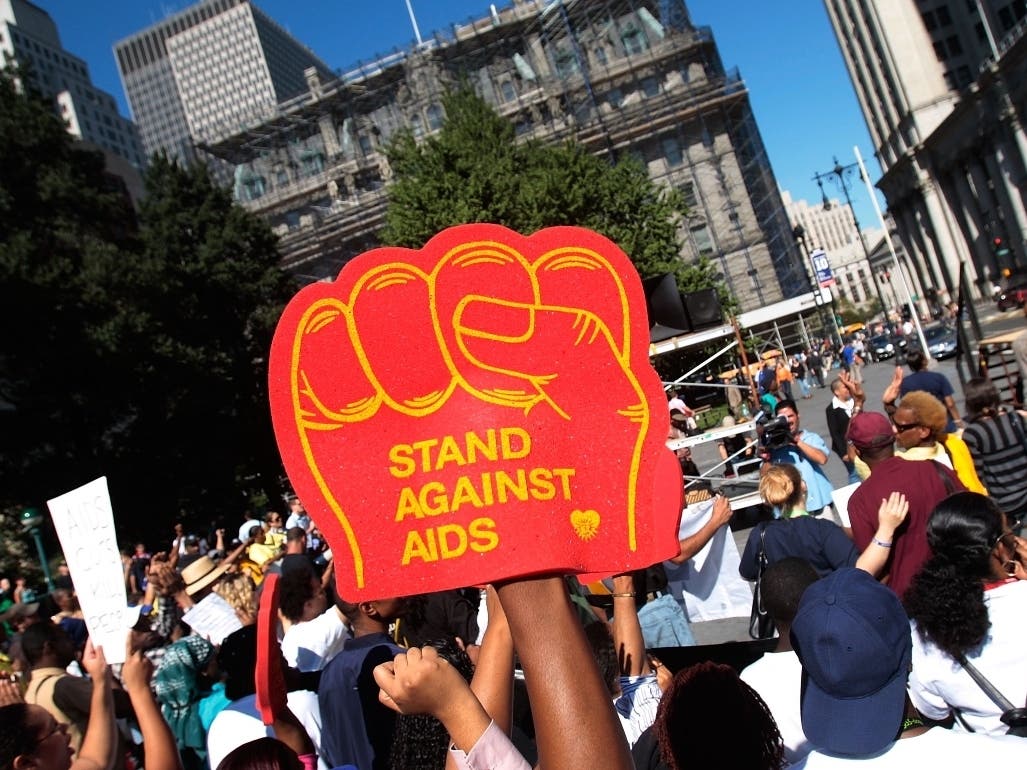Health & Fitness
Brooklyn Still Sees Most HIV Cases In NYC, Data Shows
Brooklyn had at least 100 more HIV diagnoses last year than the other boroughs as the number of cases reached a historic low citywide.

BROOKLYN, NY — As in past years, Brooklyn saw more cases of HIV last year than any other borough, even as the virus reached a historic low across New York City, new data shows.
Fewer than 2,000 New Yorkers were diagnosed with the Human Immunodeficiency Virus last year for the first time since the city began counting in 2001, according to the 2018 HIV Surveillance Annual Report released Friday.
Nearly a third of those 1,917 cases in 2018 were found in Brooklyn, where there were 558 HIV diagnoses. That number was at least 100 more than any other borough, with the Bronx reporting 440 cases, 375 in Manhattan, 358 in Queens and 31 in Staten Island.
Find out what's happening in Brooklynwith free, real-time updates from Patch.
The high number of cases shouldn't be a surprise given that Brooklyn also had the most diagnoses back when the city began counting cases in 2001. Back then, Brooklyn saw 1,613 cases in one year followed most closely by Manhattan, where there were 1,540.
The zip codes with the highest HIV diagnosis rates, determined by the number of cases per 100,000 people, included those in both Brooklyn and Manhattan.
Find out what's happening in Brooklynwith free, real-time updates from Patch.
Chelsea-Clinton, Lower Manhattan and Crown Heights saw the highest HIV diagnosis rates in 2018, according to the report.

Researchers noted that there was a strong correlation between low-income areas and higher HIV rates. The Bronx, upper Manhattan and northern Brooklyn both show high rates of people living with HIV and very high levels of poverty, according to the report.
Nine out of 10 people diagnosed lived in various levels of poverty and 8 out of ten are black or latino.
Overall, the city has seen a 67 percent drop in the number of new cases since 2001, when 5,859 people were diagnosed, to the 1,917 New Yorkers newly diagnosed in 2018, data show.
Health Commissioner Dr. Oxiris Barbot credited the decrease to the city's "data-driven, sex-positive" approach.
"New York City can end the epidemic if we continue to fight against the stigma, bias and discrimination that continue to be significant drivers of HIV," said Barbot. "Particularly among Black and Latino men who have sex with men."
Get more local news delivered straight to your inbox. Sign up for free Patch newsletters and alerts.